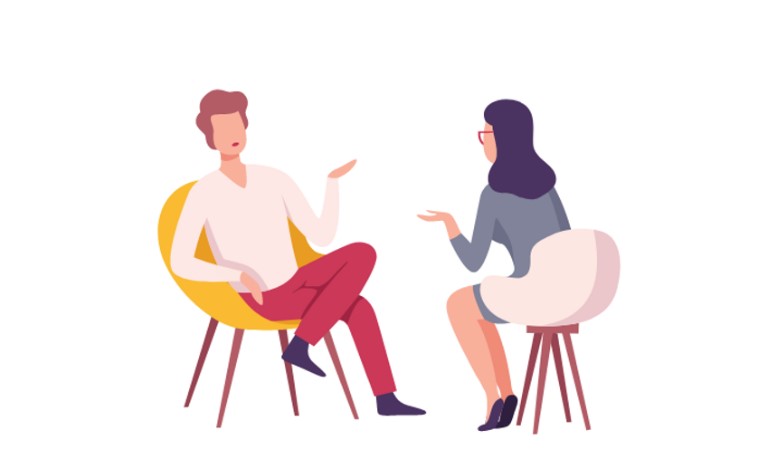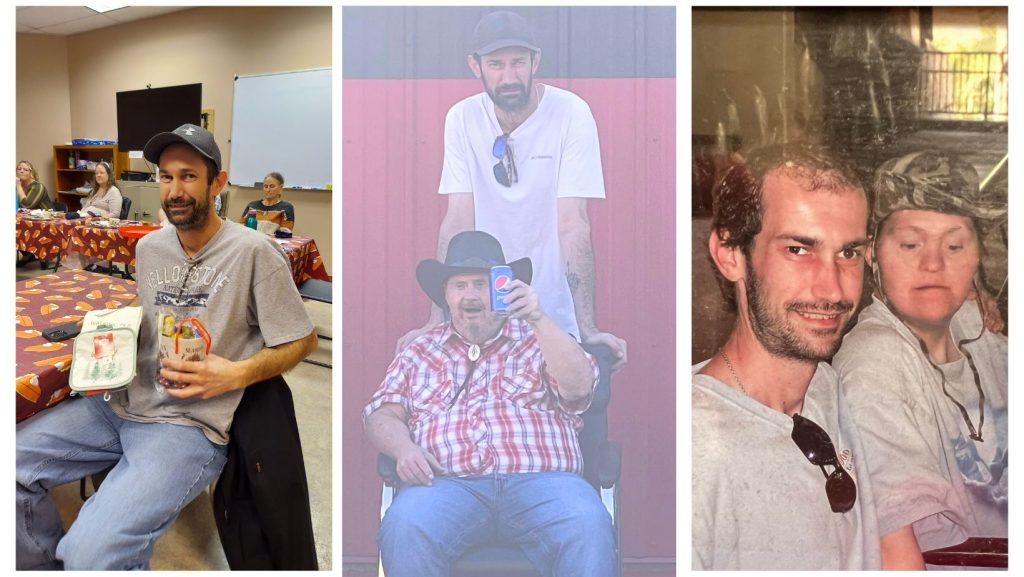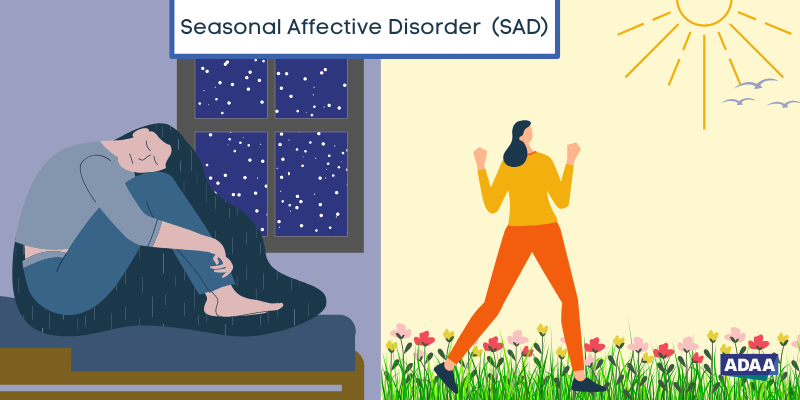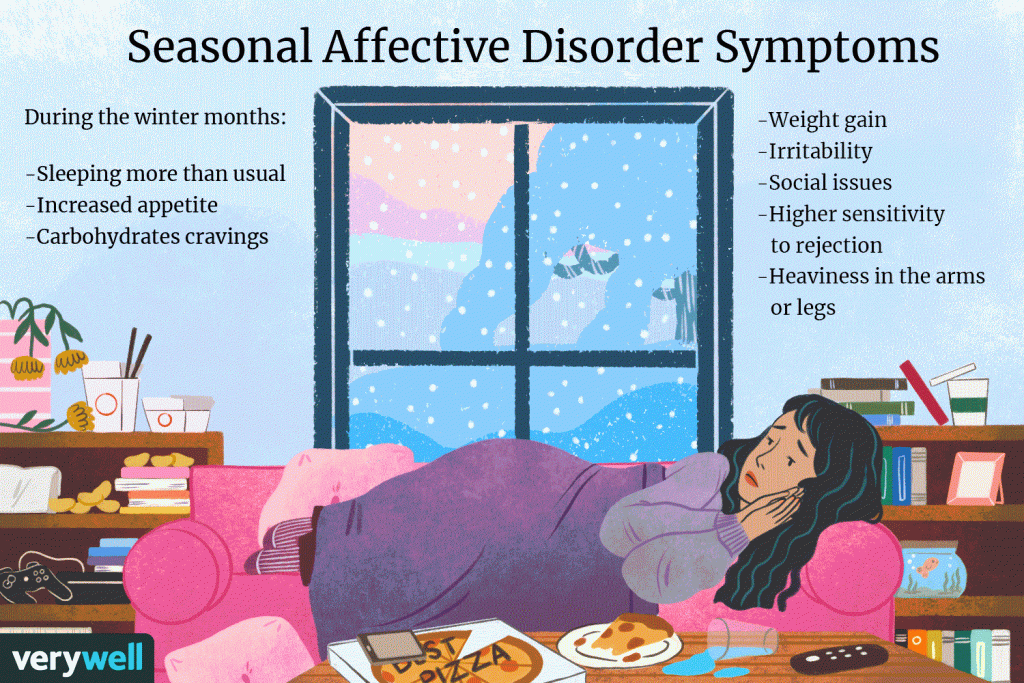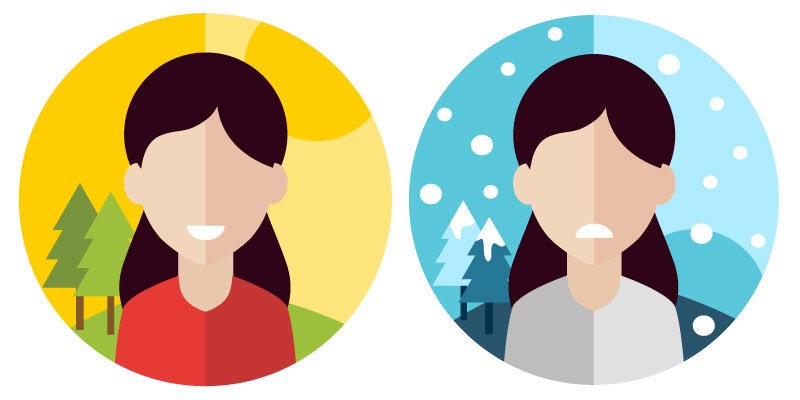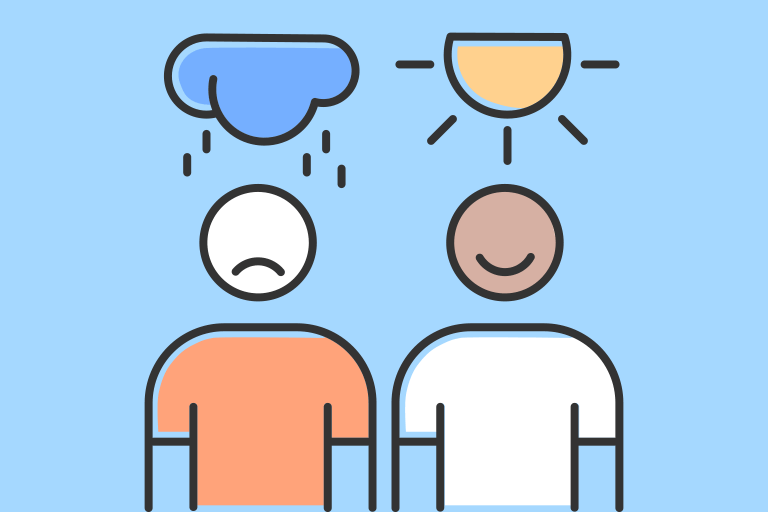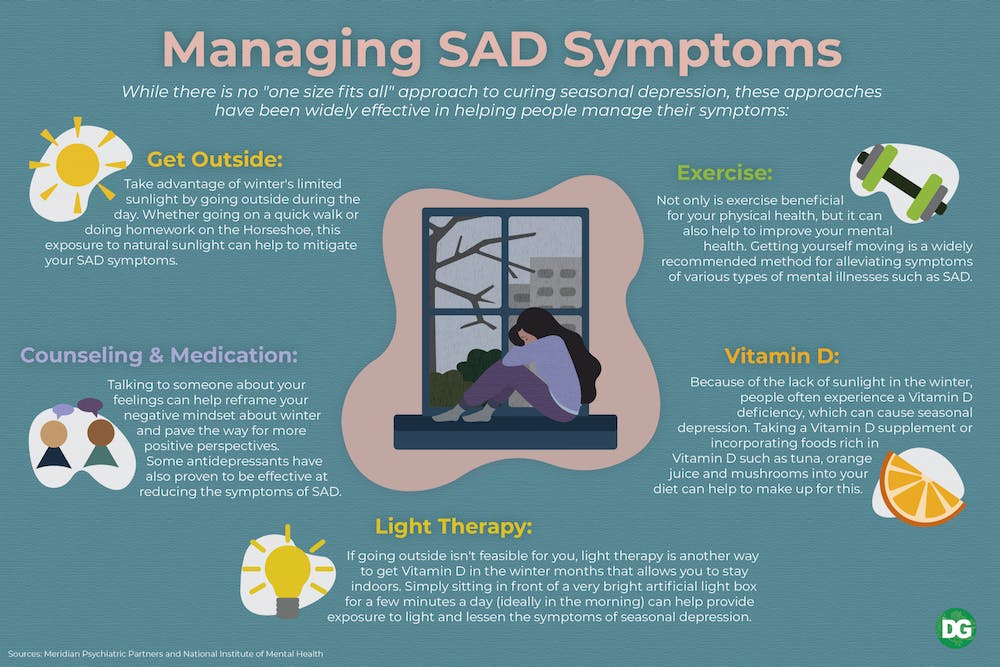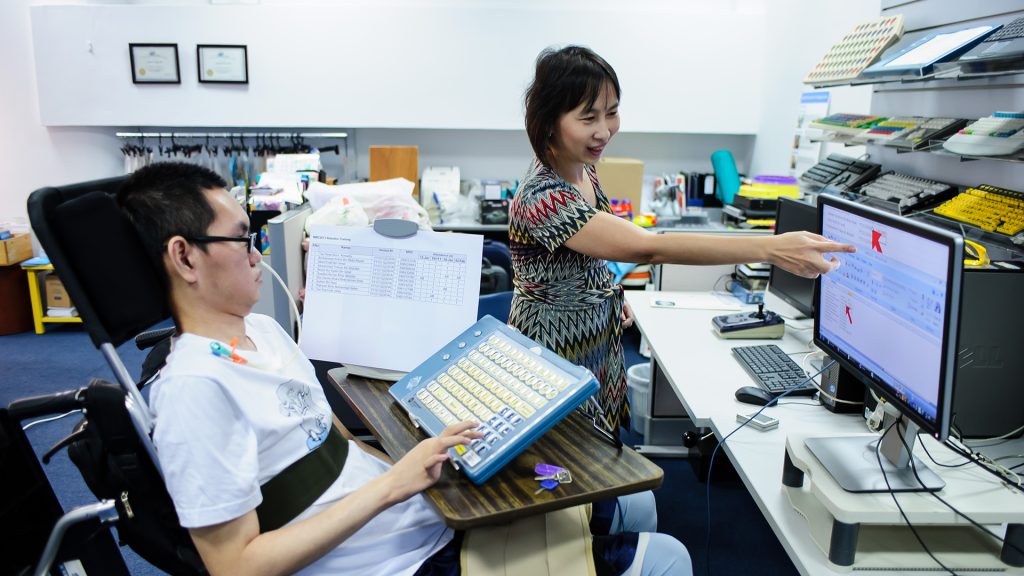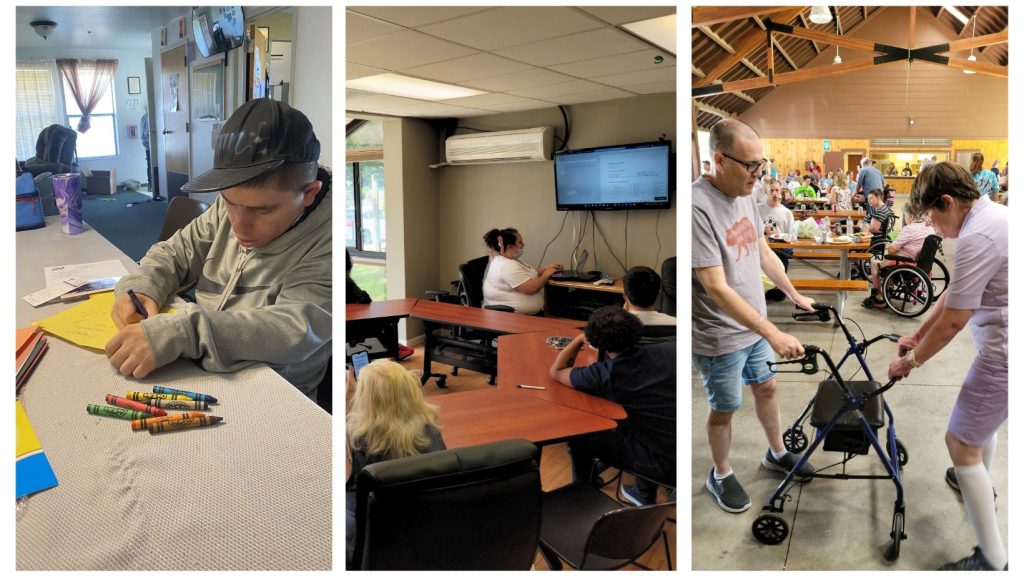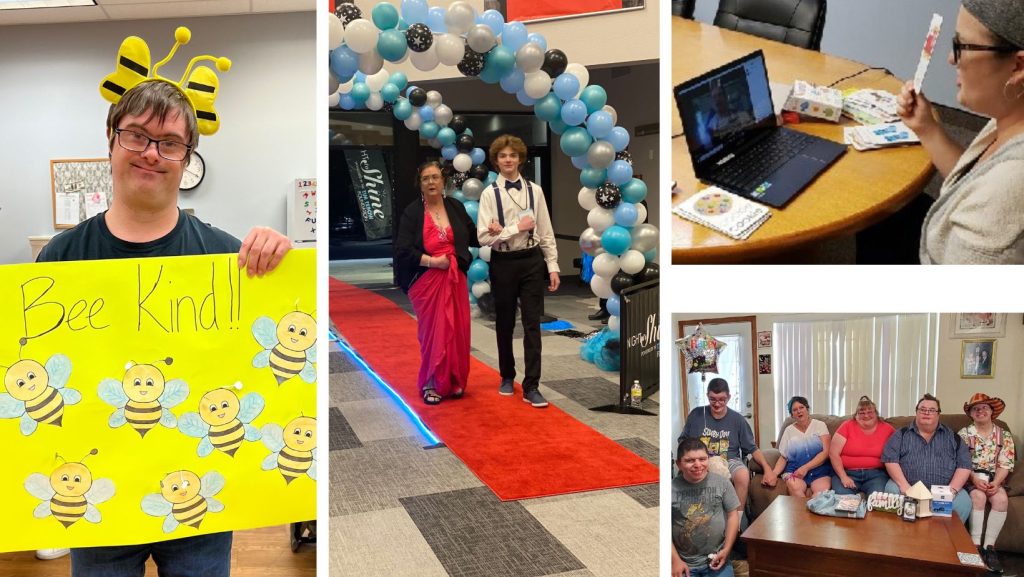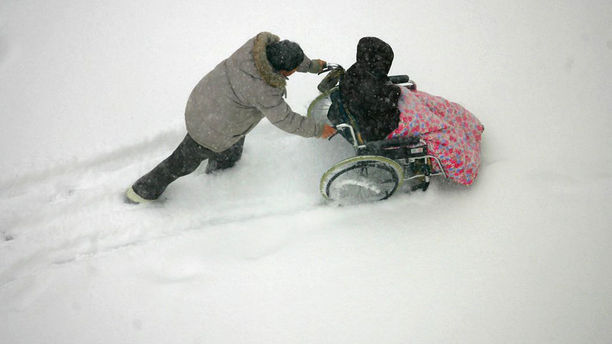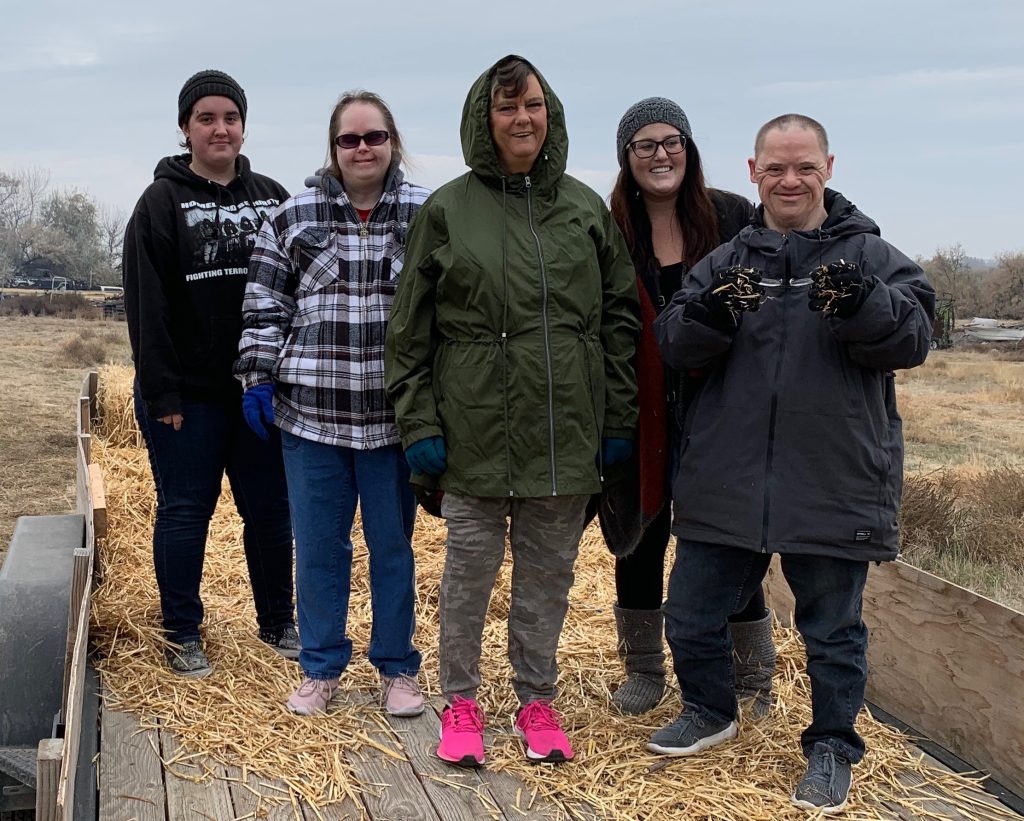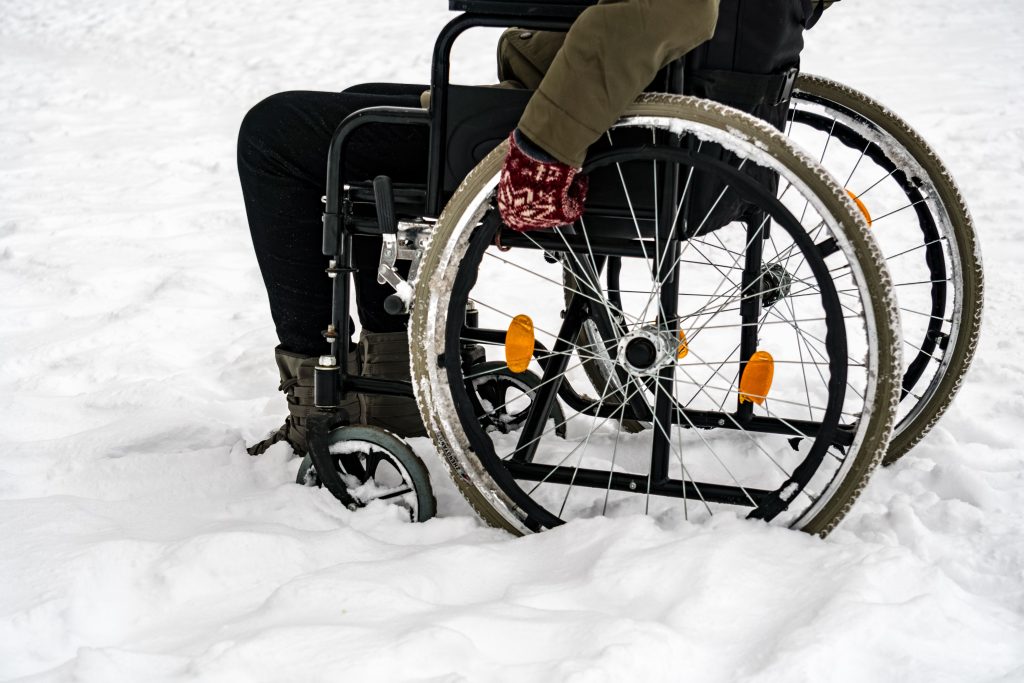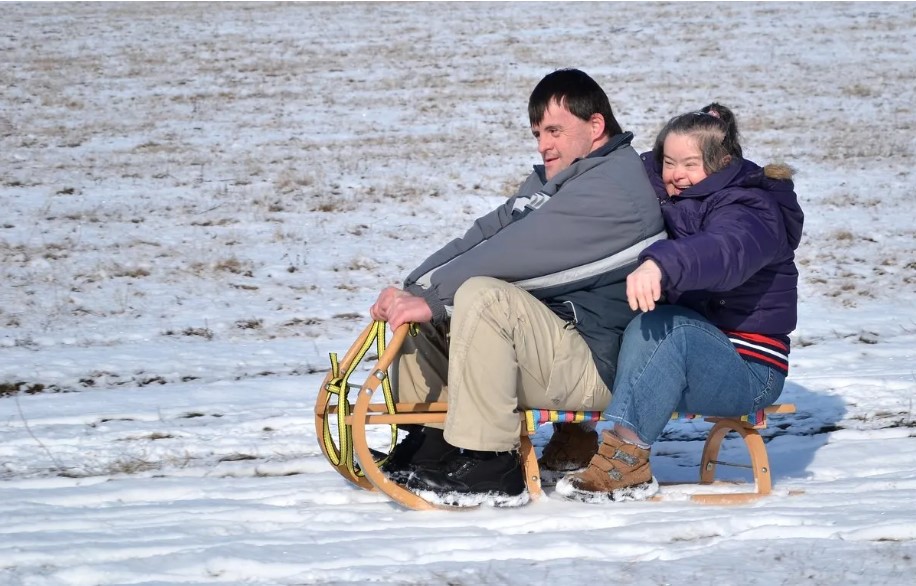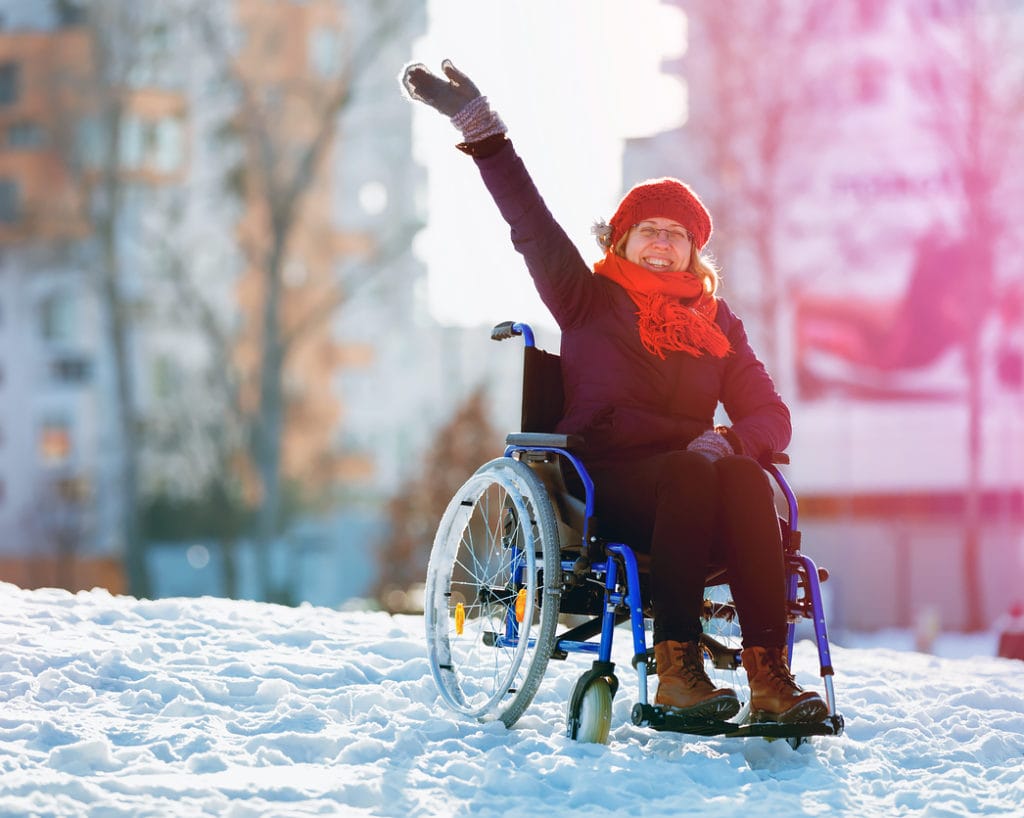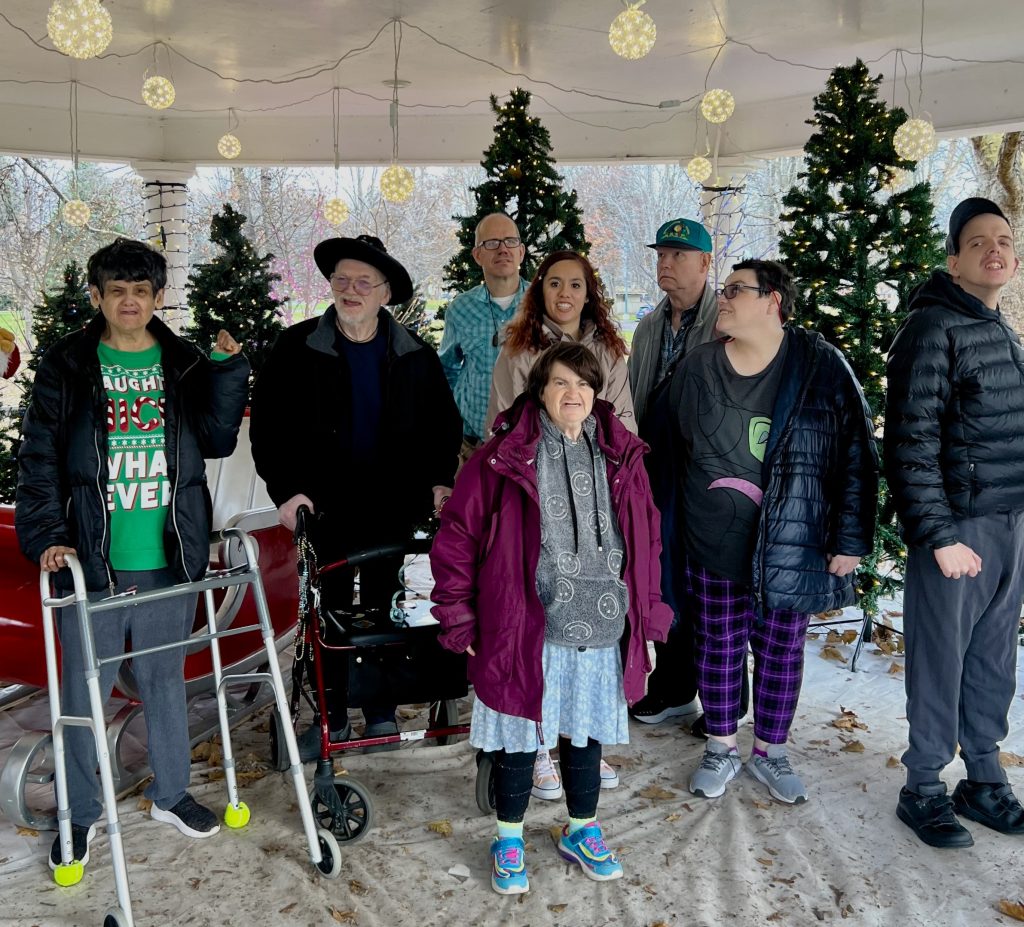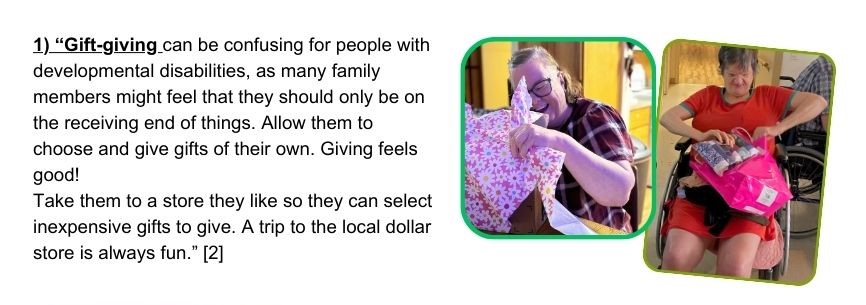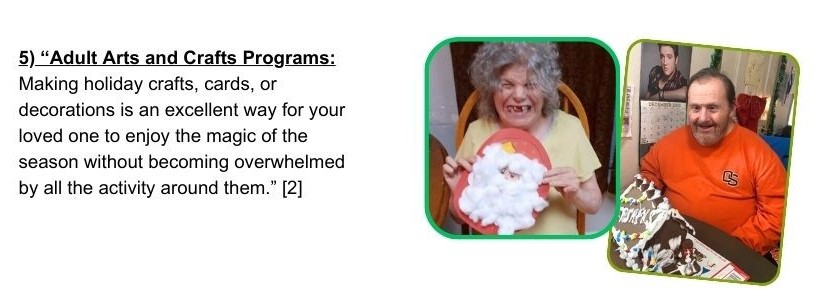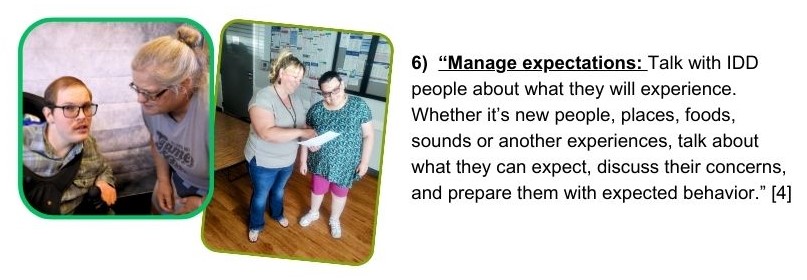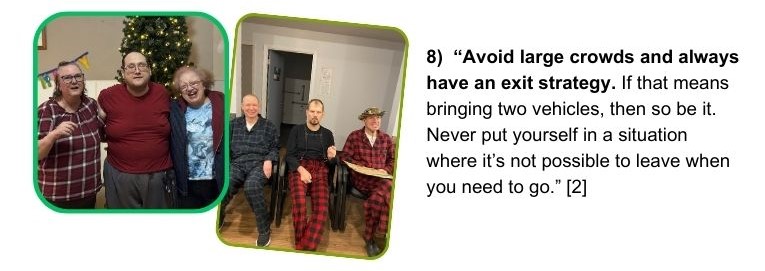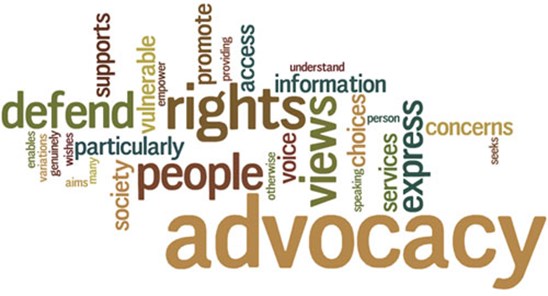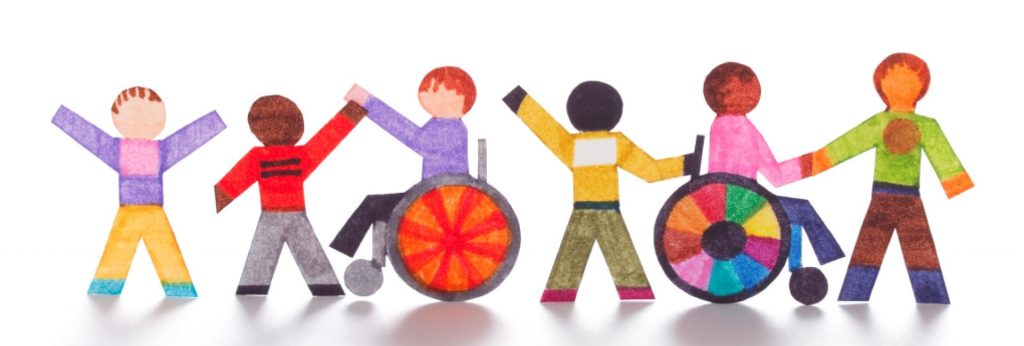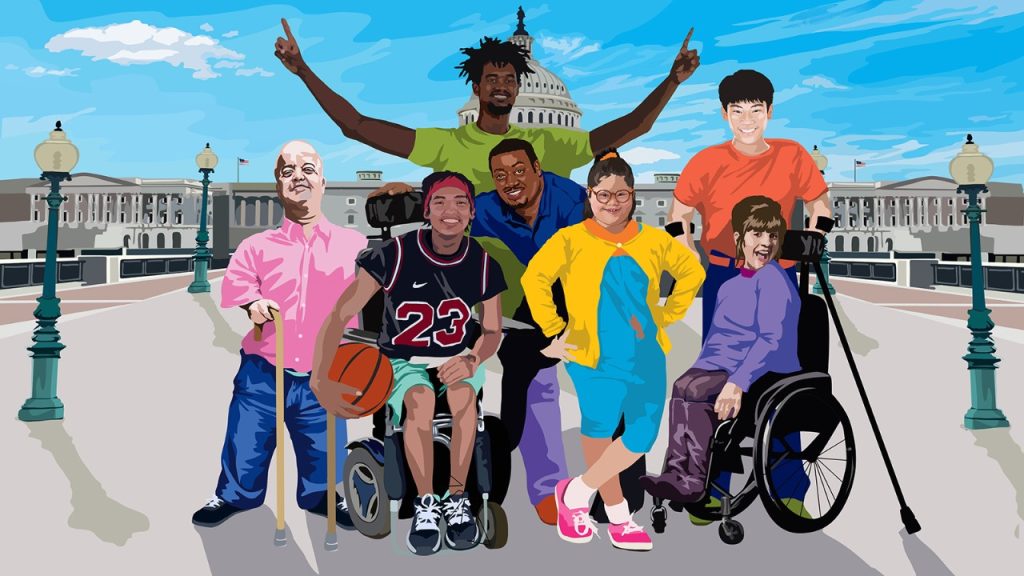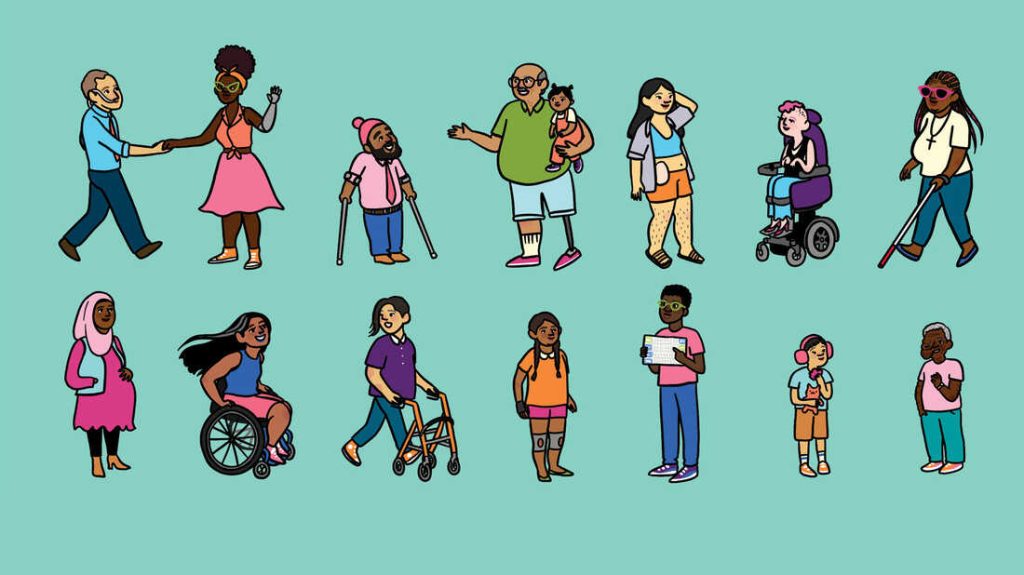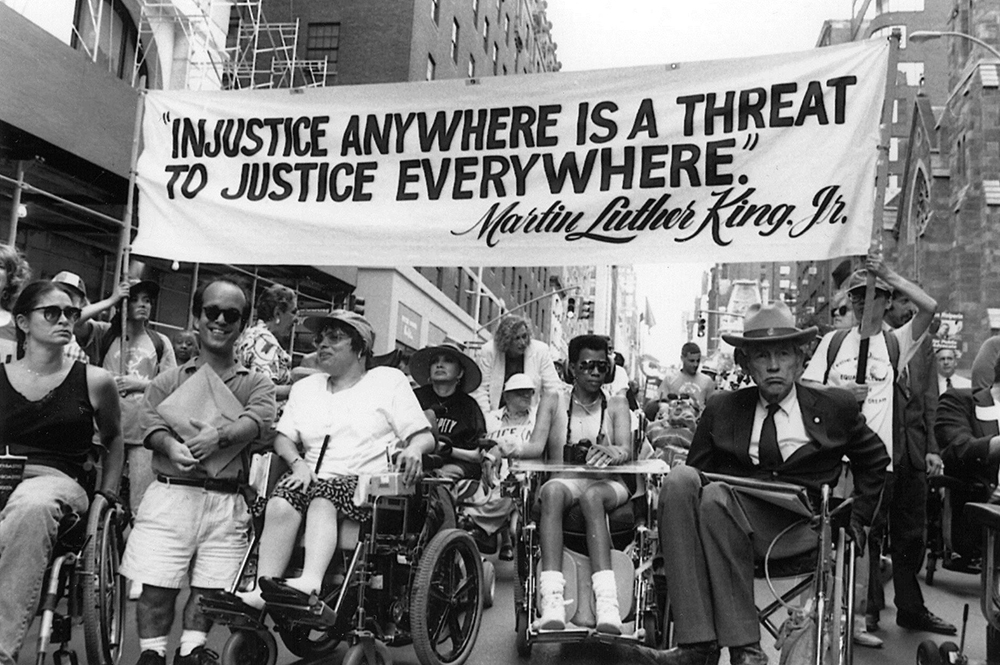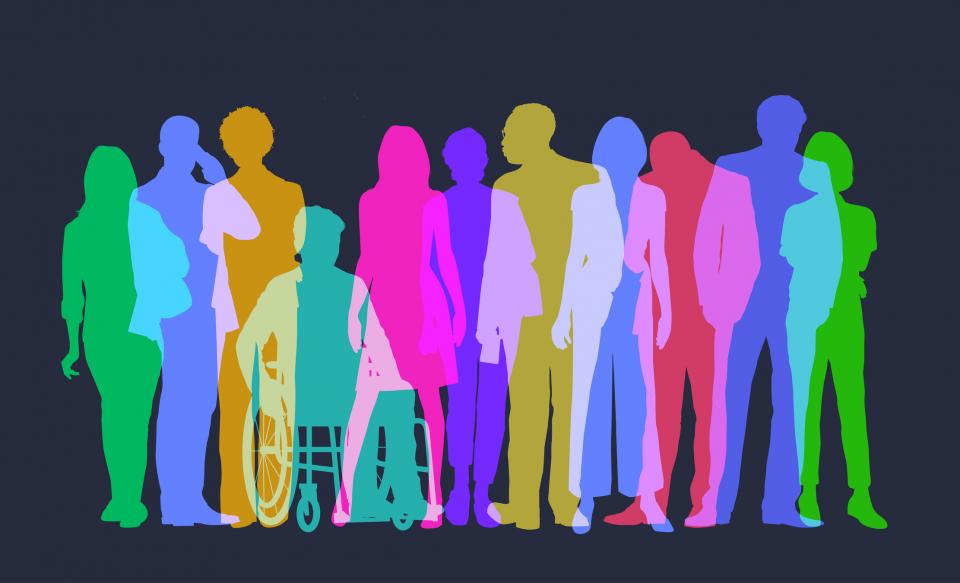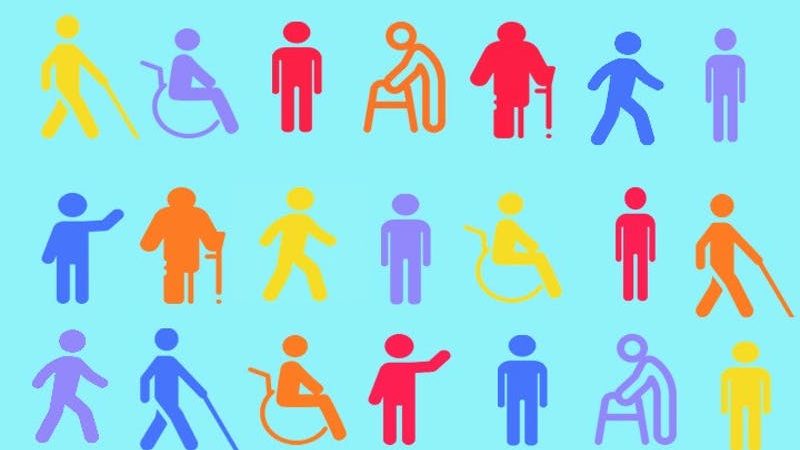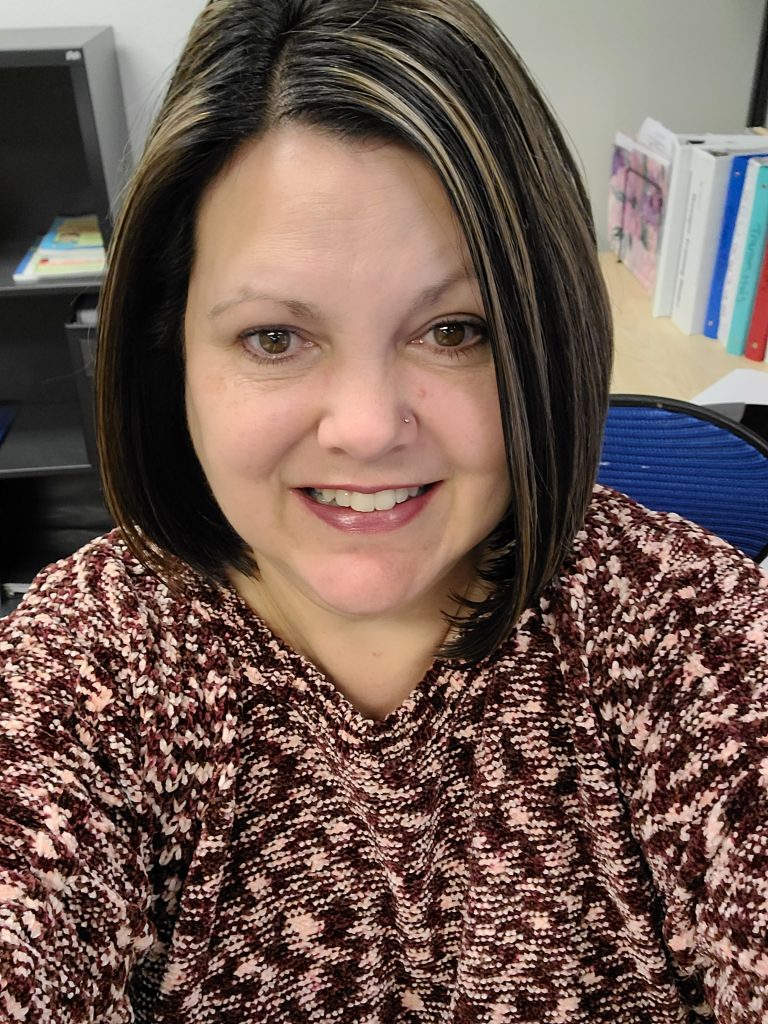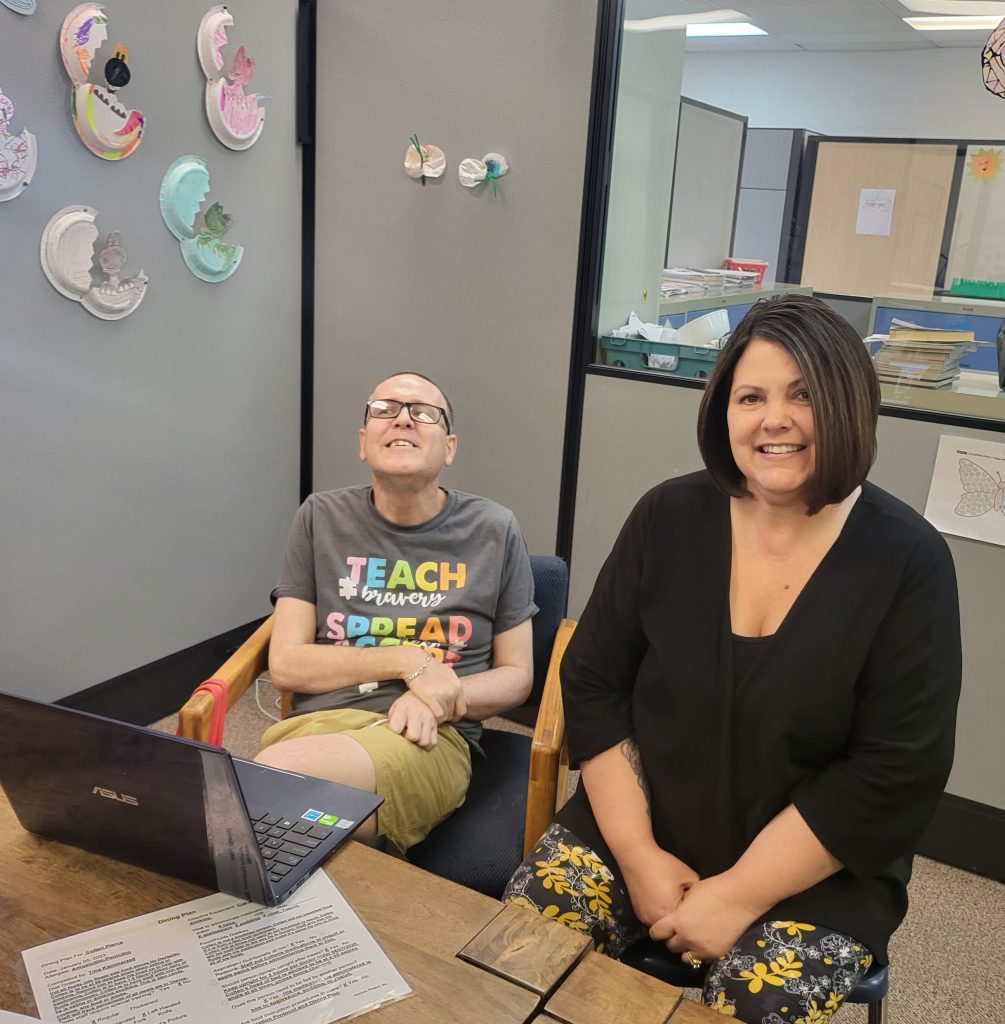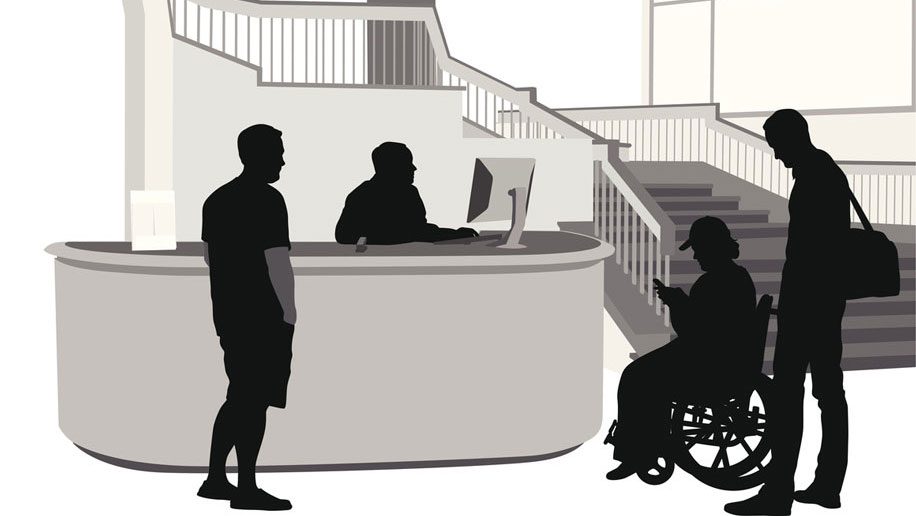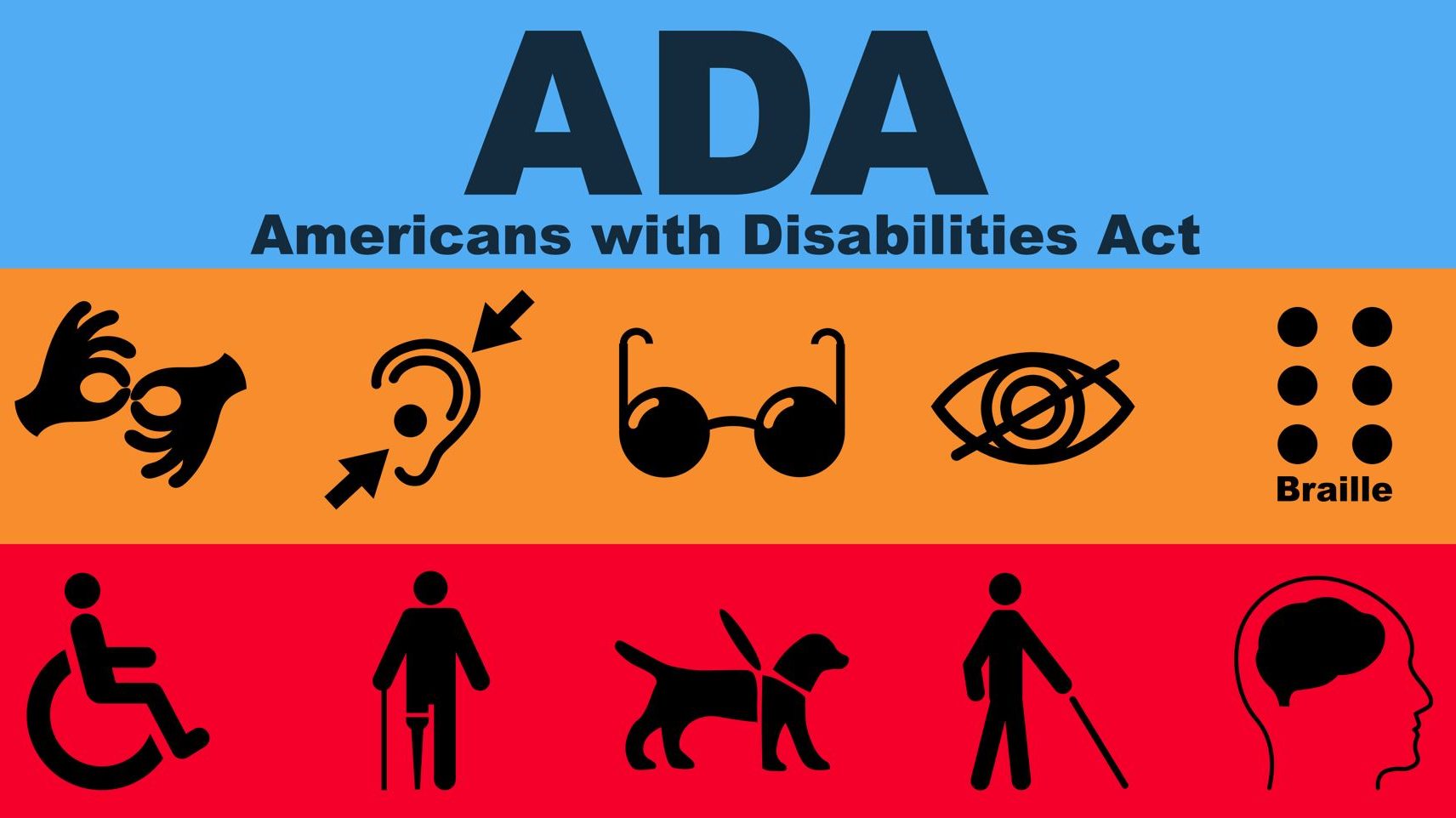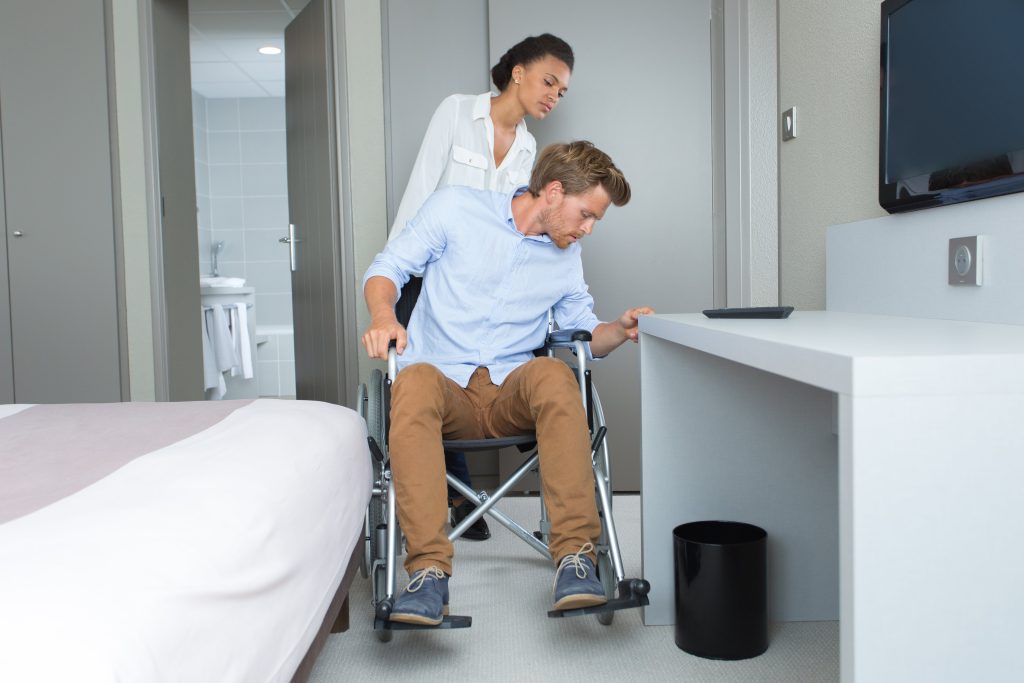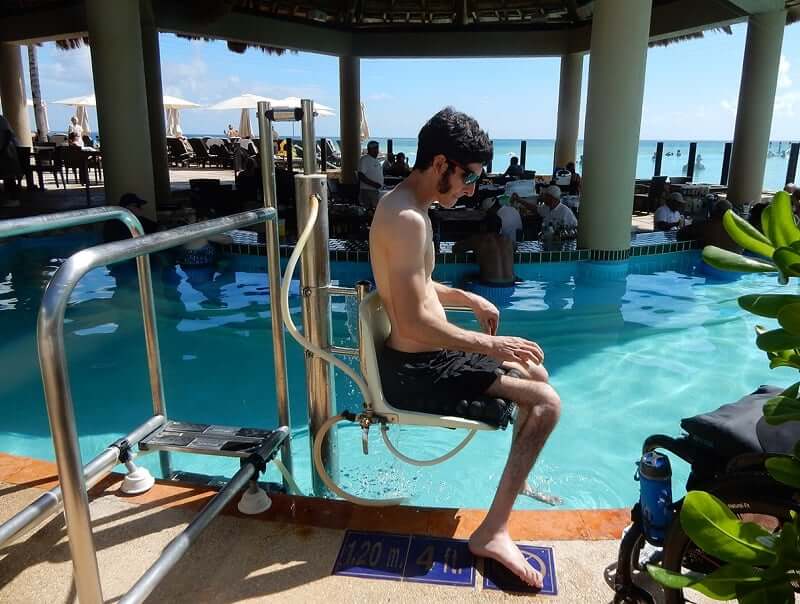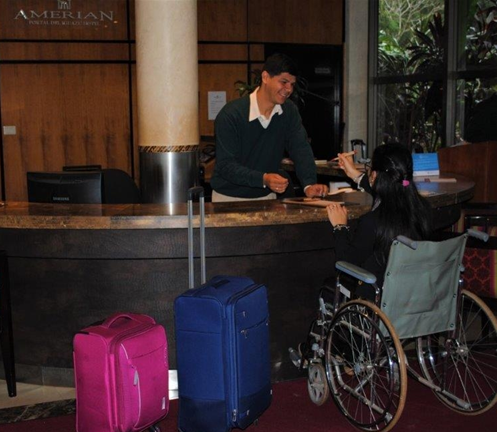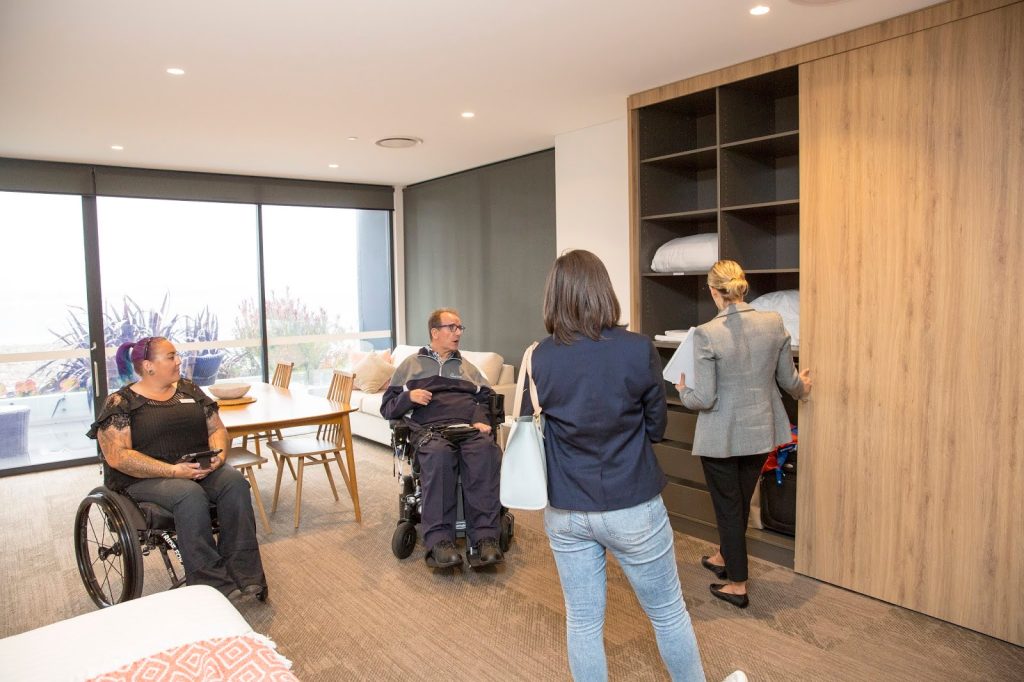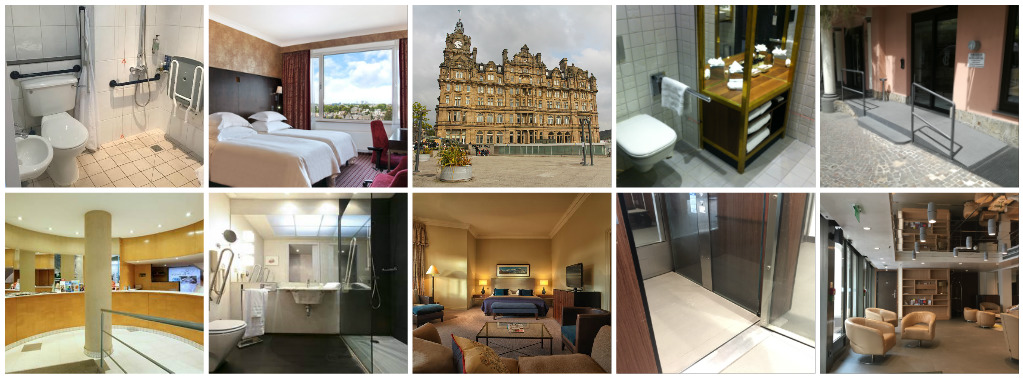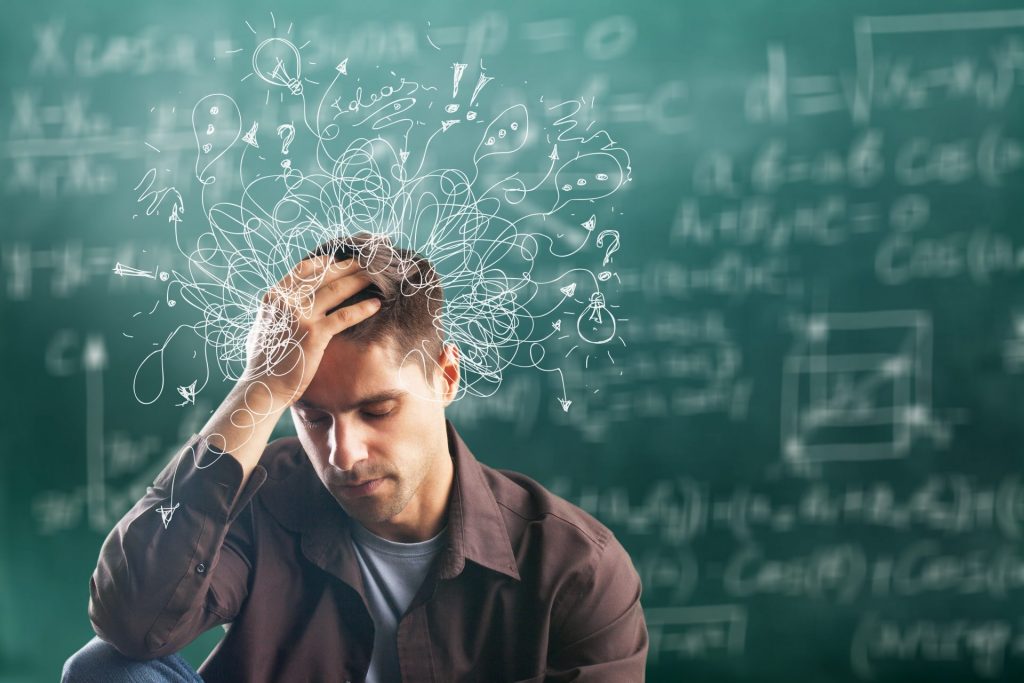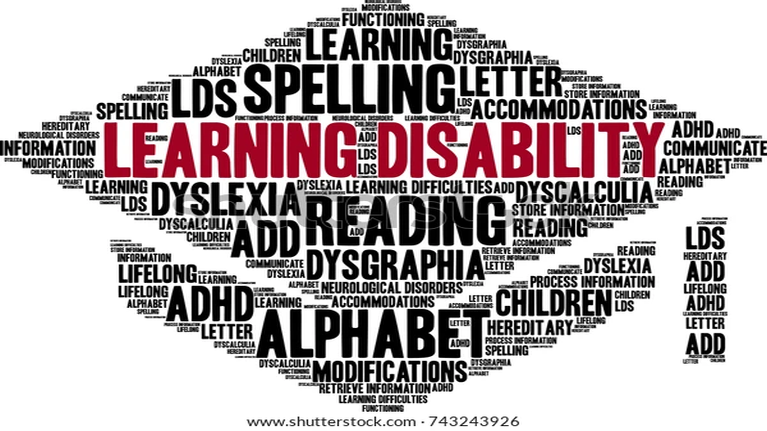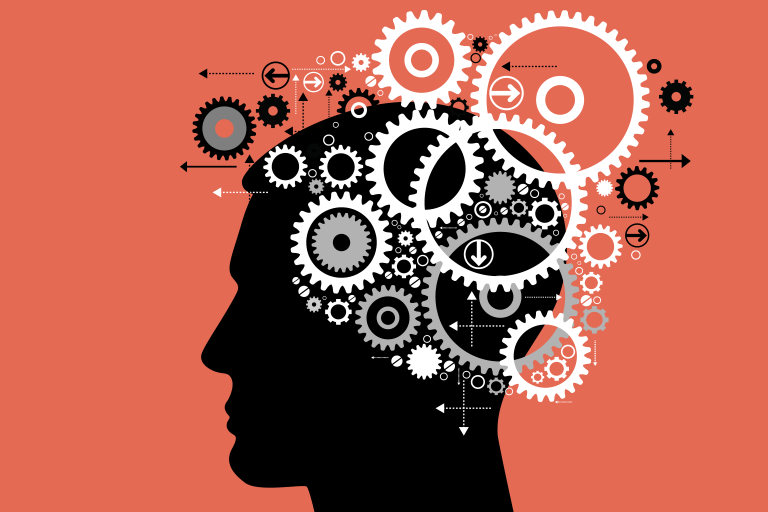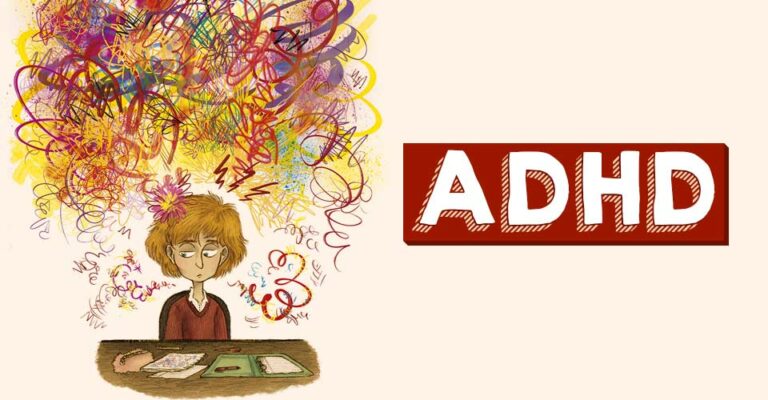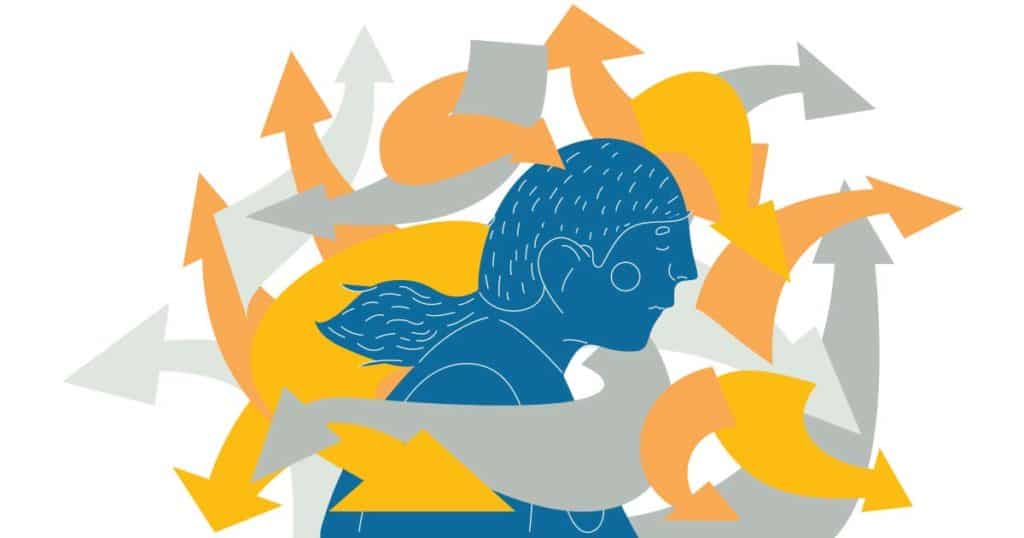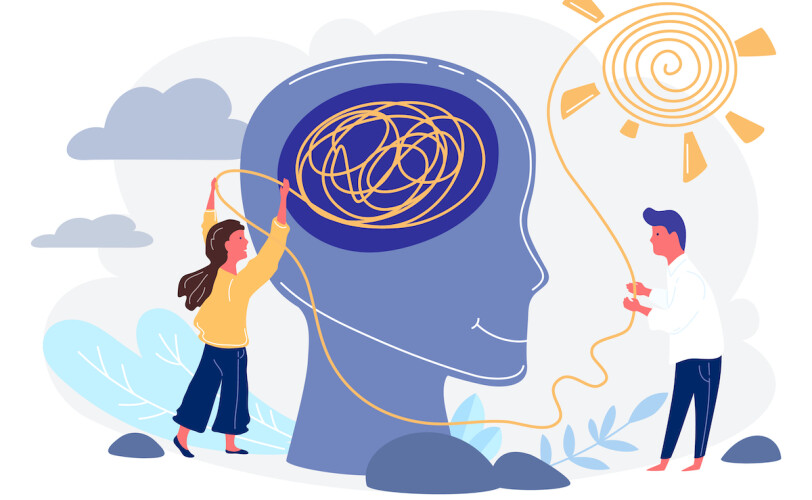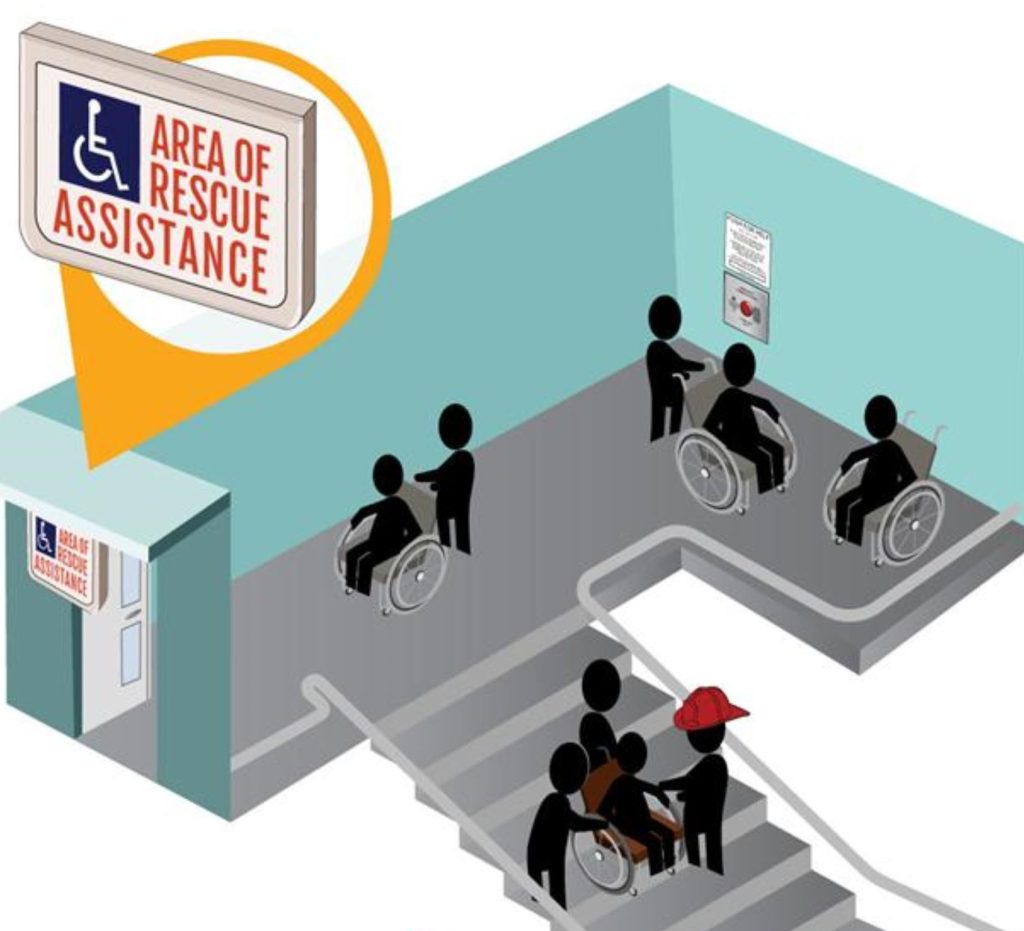
“People with physical and mental disabilities are among the most vulnerable during crises. The reason is that they do not function normally and cannot run or hide from a calamity on their own; thus, they require assistance. This assistance is usually delayed, and as a result, people may be killed or gravely injured due to one of the natural disasters that impact a country or a location.” [1]
“Disabilities can impact a person in a variety of ways, both visible and invisible. Having a plan BEFORE a disaster happens can eliminate potential stress or barriers for you or your family member with a disability.” [2]

Follow these tips to prepare your family in case of disaster.
- Stay informed – “It’s important to know which disasters can impact your area and when evacuation is possible. Take steps to stay informed, such as downloading the FEMA App.” [2]
2) Include other in the plan – Create a support network of people who can help in a disaster:
- Inform your support network where you keep your emergency supplies.
- Sign up to a voluntary registry for people with disabilities to self-identify to receive targeted assistance during emergencies and disasters.
- Know the location and availability of more than one shelter and/or medical facility that can help you.
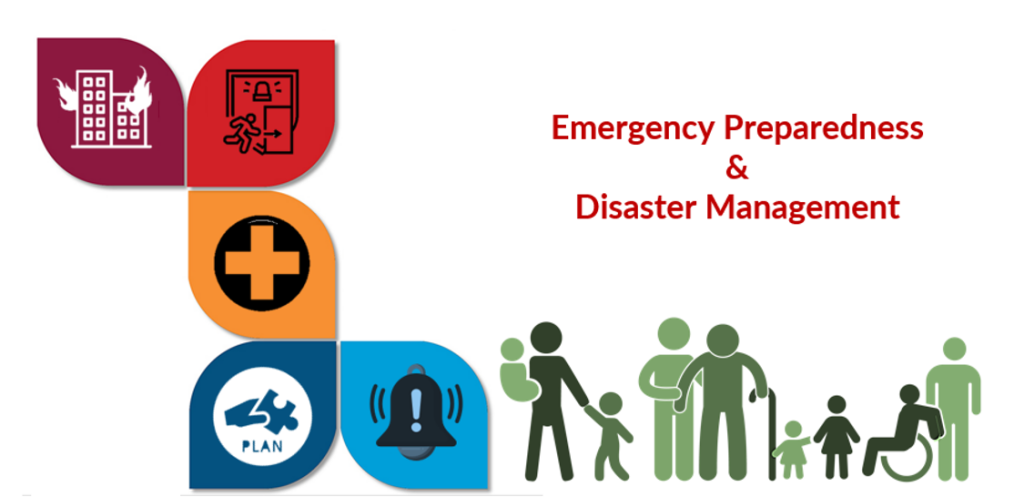
3) “Being familiar with evacuation options. – People with disabilities have basic evacuation options depending on the place.
- Horizontal evacuation: using building exits to the outside ground level or going into unaffected wings of multi-building complexes.
- Stairway evacuation: using steps to reach ground level exits from the building.
- Stay in Place: unless danger is imminent, remaining in a room with an exterior window, a telephone, and a solid or fire-resistant door.” [3]
4) Plan for all medical needs –
- “Make sure all your emergency kit items are organized in one place, easy to find and to carry.
- Wearing medical alert tags or bracelets. Also add pertinent medical information to your electronic devices.
- Tag all of your special needs’ equipment including instructions on how to use and/or move each assistive device during an emergency.” [4]
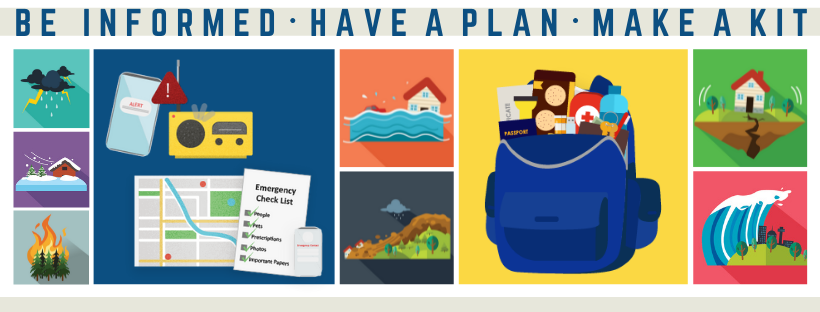
Assisting People with a Disability / Special Needs – Tips
- “Ask if the person wants your help, and how you may best assist them.
- If someone refuses your help, wait for first responders to arrive, unless it is a matter of life or death.
- Do not touch the person, their service animal or equipment without their permission, unless it is a matter of life or death.
- Follow instructions posted on special needs equipment.
- You may be asked to use latex-free gloves to reduce the spread of viral infection or to prevent an allergic reaction to latex.
- Ask the person if areas of their body have reduced sensation and if they want you to check those areas for injuries.
- Do not try to move someone unless you are trained in proper techniques.
- If a person is unconscious or unresponsive do not administer any liquids or food.
- If the person has a service animal, it is the animal owner’s responsibility to assess whether or not it is safe for the animal to work through the emergency situation.
- To make this decision, the service animal owner will need information as to the nature of the hazards they are expected to face and any changes to the physical environment.
- If providing sighted assistance, the first responder or caregiver should confirm that the service animal is then not working, and is therefore off duty.” [4]
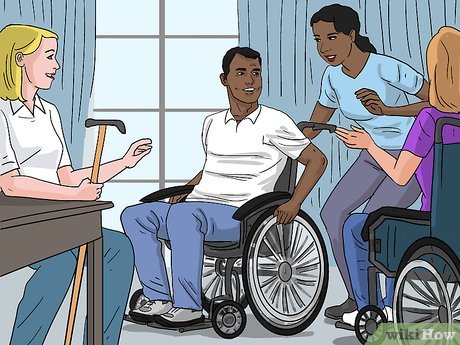
Assisting a person with special needs in a high-rise building – what to do
- “Check on neighbors and/or co-workers with special needs to find out if they need your help.
- Offer to carry the person’s emergency kit along with any special equipment.
- Avoid attempts to lift, support or assist the movement of someone down stairways unless you are familiar with safe techniques.
- Do not use elevators in event of fire or smoke, or if the emergency is likely to lead to a power outage.” [4]
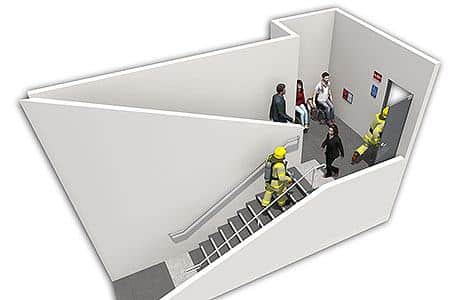
“People with mental and physical disabilities are vulnerable and thus require proper evacuation plans in a crisis. The plan includes keeping track of these individuals, evacuating them using public means, having a functional buddy system, preparing ahead, providing crucial information, and enhancing interdepartmental coordination. Such a plan reduces or prevents the loss of lives during a crisis.” [1]
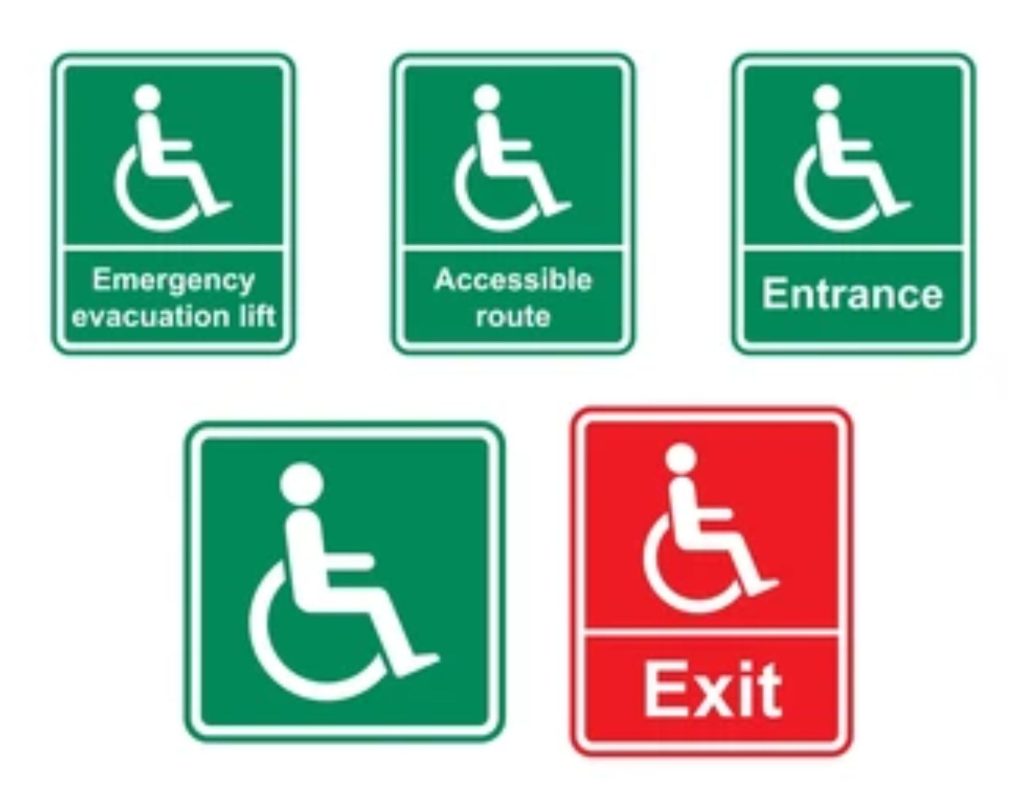
Resources
[1] https://ivypanda.com/essays/safety-evacuation-for-people-with-disabilities/
[2] https://www.fema.gov/blog/6-ways-people-disabilities-can-prepare-evacuations
[3] https://www.loyola.edu/department/emergency-preparedness/persons-with-disabilities
[4] https://www.getprepared.gc.ca/cnt/rsrcs/pblctns/pplwthdsblts/index-en.aspx

